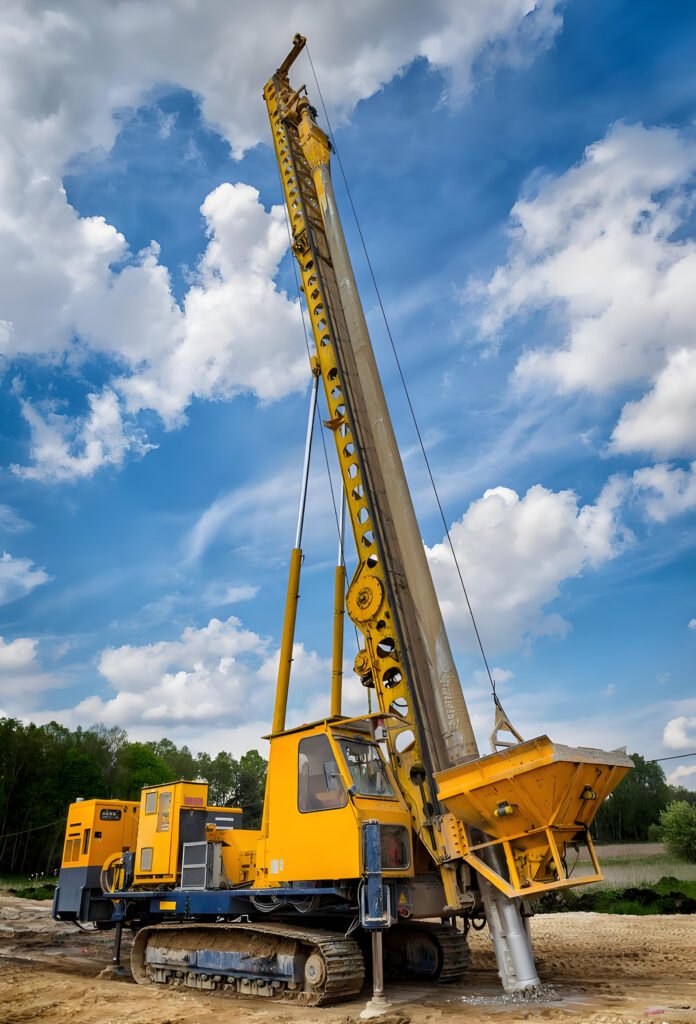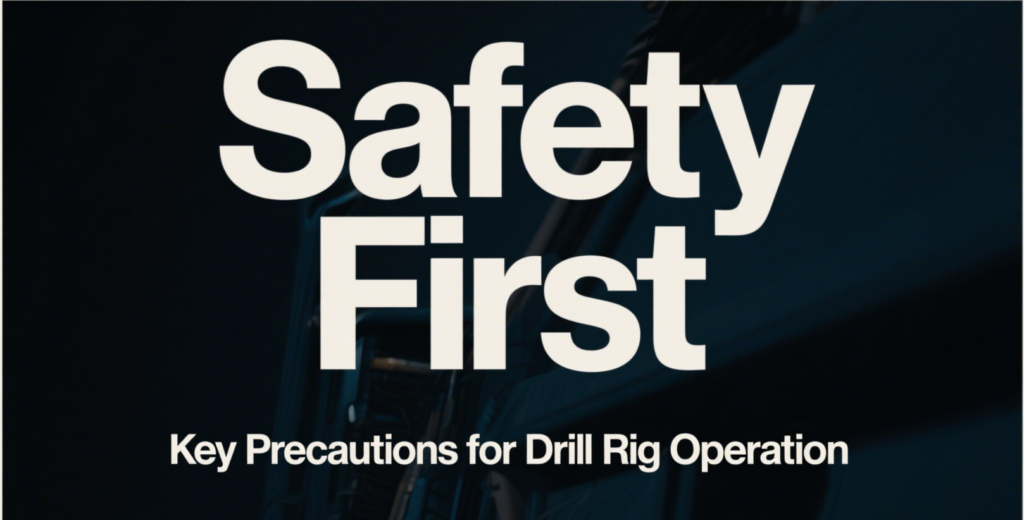ChangSha – 5/27 2025- Drill rig operations are a cornerstone of various industries, including construction, mining, and oil and gas exploration. However, these operations come with inherent risks that demand strict adherence to safety protocols. As the industry continues to prioritize worker safety, experts emphasize the importance of understanding and implementing key safety precautions when operating drill rigs.

Training and Certification: The Foundation of Safety
According to industry standards, all drill rig operators must undergo comprehensive training and obtain the necessary certifications. “Operating a drill rig is not just about turning a drill bit; it’s about understanding the machinery, the geological conditions, and the potential hazards,” said John Doe, a safety expert with over 20 years of experience in the field. Training programs typically cover everything from basic machine operation to advanced troubleshooting and emergency response procedures.
Personal Protective Equipment: A Must-Have
Before stepping onto the drill rig site, operators and crew members must be fully equipped with personal protective equipment (PPE). This includes hard hats, safety glasses, gloves, and steel-toed boots. “PPE is your first line of defense against accidents,” emphasized Jane Smith, a safety officer at a leading construction company. “A simple piece of flying debris can cause severe injury if you’re not properly protected.”
Machine Inspection and Maintenance
Regular inspection and maintenance of drill rigs are crucial to prevent accidents caused by equipment failure. “A well-maintained drill rig is a safe drill rig,” said Mark Johnson, a veteran mechanic. Operators should conduct thorough pre-shift inspections to check for any signs of wear and tear, leaks, or malfunctioning components. Routine maintenance schedules should be strictly followed to ensure that all parts are in optimal working condition.
Site Assessment and Planning
Every drill rig operation begins with a thorough site assessment. This involves evaluating the terrain, soil conditions, and potential hazards such as underground utilities or unstable ground. “Understanding the site is essential,” said Sarah Lee, a geotechnical engineer. “It helps in planning the drilling process and avoiding unexpected incidents.” Proper planning also includes setting up exclusion zones to keep unauthorized personnel away from the drilling area.
Communication and Coordination
Effective communication is vital during drill rig operations. “Everyone on site must be on the same page,” said Tom Brown, a drill rig supervisor. “Clear communication ensures that all team members are aware of the drilling plan, potential hazards, and emergency procedures.” The use of hand signals, radios, and other communication tools helps maintain coordination and reduces the risk of accidents.
Emergency Preparedness
Despite all precautions, accidents can still happen. That’s why having an emergency response plan in place is essential. “Every drill rig site should have a well-stocked first aid kit, fire extinguishers, and an evacuation plan,” said Lisa White, a safety consultant. Regular drills and training sessions help ensure that everyone knows how to respond in case of an emergency.
Conclusion
Drill rig operations are complex and potentially dangerous, but with the right training, equipment, and safety protocols, risks can be significantly minimized. “Safety is not just a responsibility; it’s a culture,” said John Doe. “When everyone on site prioritizes safety, we create a safer work environment for everyone.”
As the industry continues to evolve, ongoing education and the implementation of advanced safety technologies will play a crucial role in further enhancing the safety of drill rig operations. For now, adherence to these basic safety precautions remains the cornerstone of a safe and efficient drilling operation.

